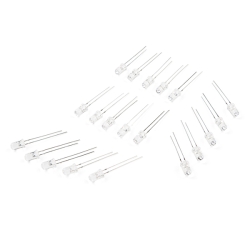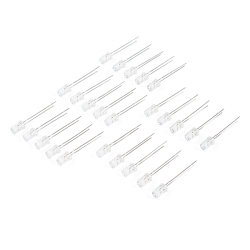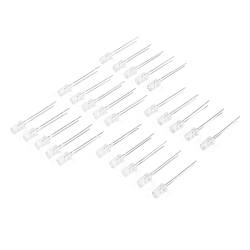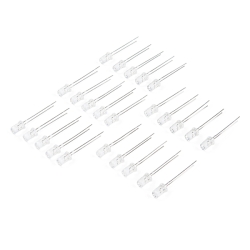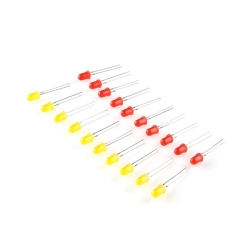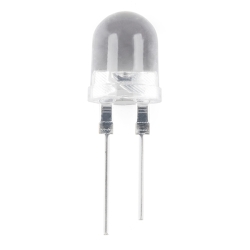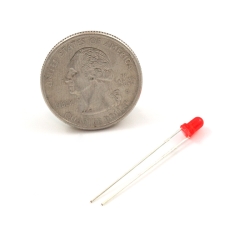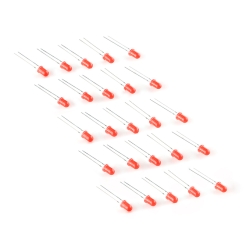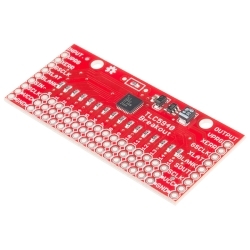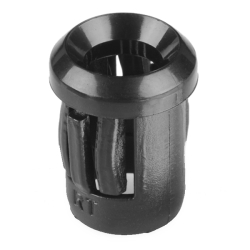LED - Red with Resistor 5mm (25 pack)
COM-14560
LED - Red with Resistor 5mm (25 pack)
SKU: COM-14560
This pack of 25 red 5mm LEDs will help alleviate any frustrations you've had with accidentally burning them out by having a resistor in the diode itself.
$12.50
In stock
SKU
COM-14560
Product Overview
You don't have to worry about adding a resistor to an LED if you get an LED with a built in resistor! This pack of 25 red 5mm LEDs will help alleviate any frustrations you've had with accidentally burning them out by having a resistor in the diode itself. Each LED has an operating voltage range of 2.0V to 5V to help make your next project shine!
Each pack of these LEDs are conveniently bagged in reusable ESD safe packaging to make sure nothing accidentally gets damaged before you are able to use them.
Hookup Accessories
Features & Specs
- Operating Voltage Range: 2.0V-5.0V
- Standard Size - T1 ¾ 5mm
- Brightness: 2000-3000 MCD
- Color: 620-625 NM
Documentation
Customer Reviews
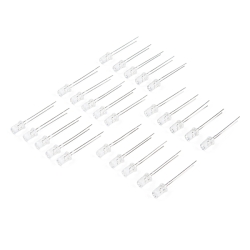
LED - Red with Resistor 5mm (25 pack)
$12.50
COM-14560
Stock and Customer Discounts
$12.5 retail price.


